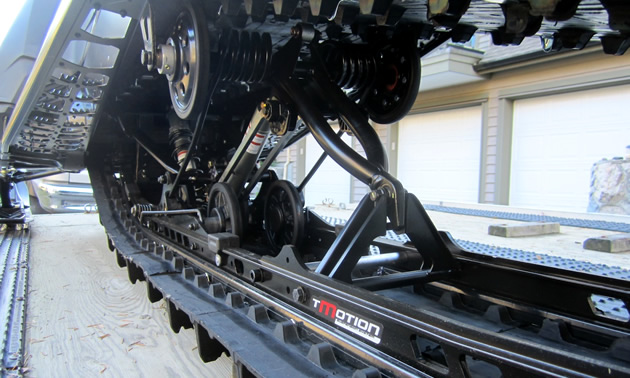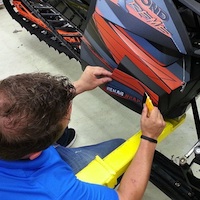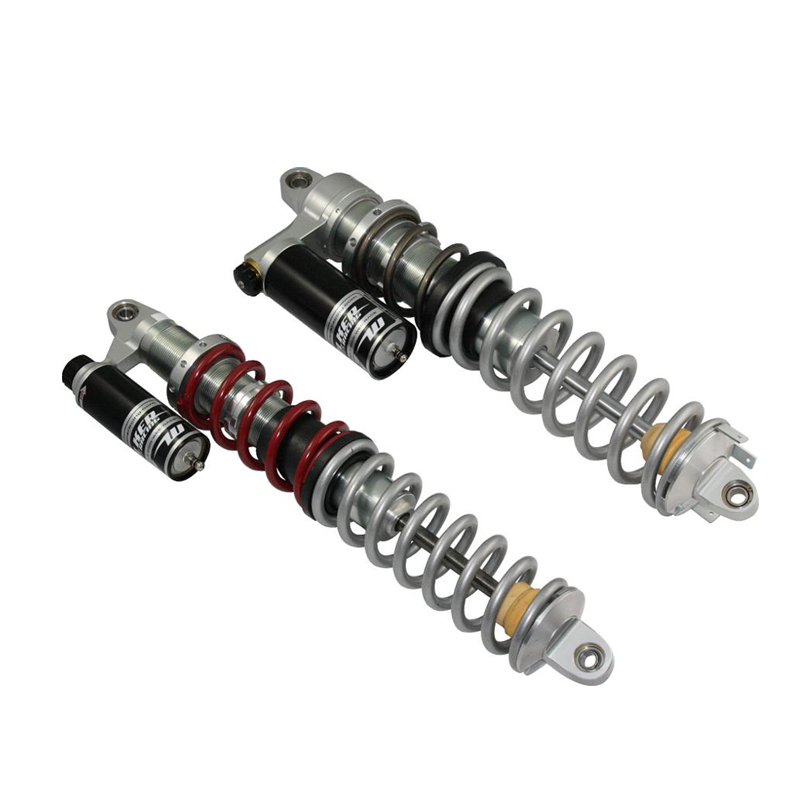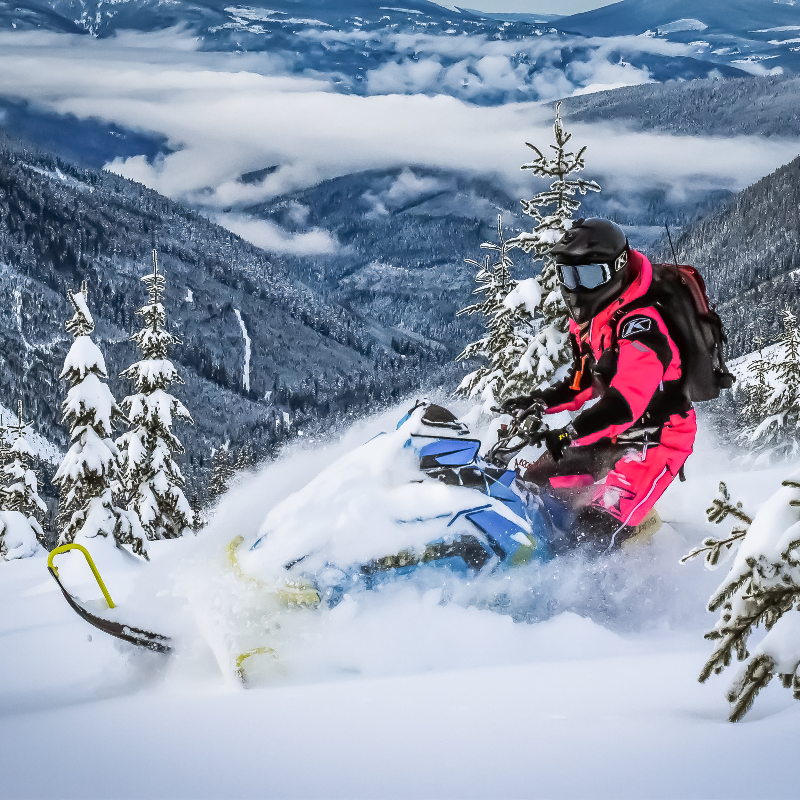Early in 2012, I saw the T-Motion for the first time under lockdown at BRP headquarters, or rather should I say its secret layer? My initial thoughts were “Huh, how is that going to work?” and “Will it work?” In fact, I was more impressed with the Linq system that held on the new jerry can than the T-Motion!
Fast forward one month and I was aboard a pre-2013 sled with T-Motion, carving through four feet of deep, fluffy powder in Revelstoke, B.C. Now, granted, powder is not the ideal place to test something like T-Motion; I was astounded at how easily this new, yet-to-be-released sled carved. I mean, it was like carving a fat ski!
Product development
Engineers in general hate to be told what to do, and in the sled world they get told a lot by passionate sledders like you and me. “Add more power, put on a belt drive, etc.” are all things engineers hear every year. They don’t want to know what you want, but would rather know what is it that the sled is not doing for you.
That was the case with the XP chassis when it was compared to an Arctic Cat or Polaris. Both those sleds were easier to sidehill for people new to the sport over the Ski-Doo REV-XP. When the engineers at 'Doo heard this, their ears perked up and they went to work.
T-Motion was developed using the same skid. Of course, this made it easier for those with the XP chassis to add it to their sleds at a later date, which many have since done. Firstly, the original skid was split along the front axle bar and the rear arm bracket was reduced from two points to a single ball joint. Then, the round bars of the front arm assembly meant to help stiffen the skid were flattened to allow more flex—and voila, T-Motion was born.
How it works
When the rider leans the sled to initiate a carve turn or sidehill, the split in the skid and single ball joint allows the skid to articulate two degrees on either side. This helps the rider feel more confident to hold a sidehill and carve—no matter how hard the snow is. It is that confidence that takes the rider to new levels in riding fun, which is what it’s all about. In fact, it is not uncommon now to watch new riders sidehilling everywhere due to T-Motion.
There was, of course, a lot of concern about whether the T-Motion would be as strong as the existing skid and also if it would be as good going down the trail. Those who have ridden it know that in both cases, the T-Motion is stronger than the previous skid. With its improved rising-rate motion ratio suspension, it is smoother and faster on the straightaways as well.
The T-Motion is a revolutionary design that is here to stay, and if you want to update your 2008 to the 2012 XP with T-Motion, then visit your local Ski-Doo dealer.







